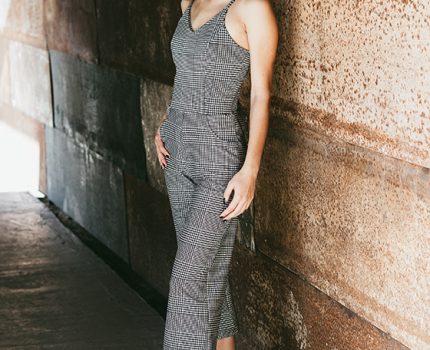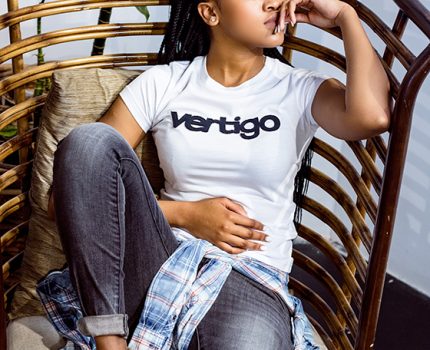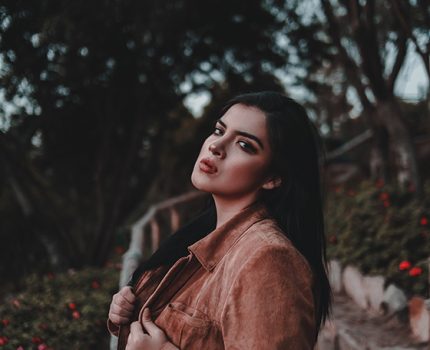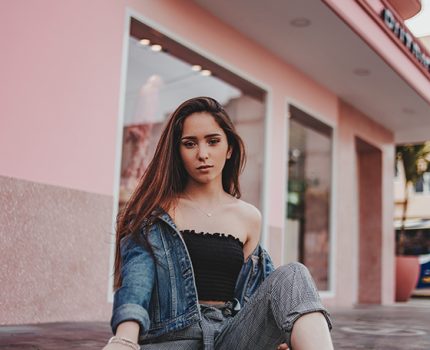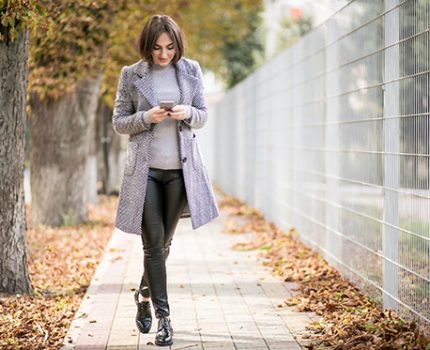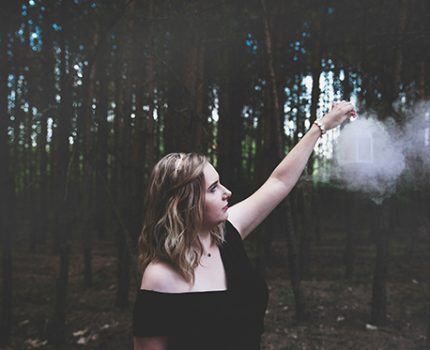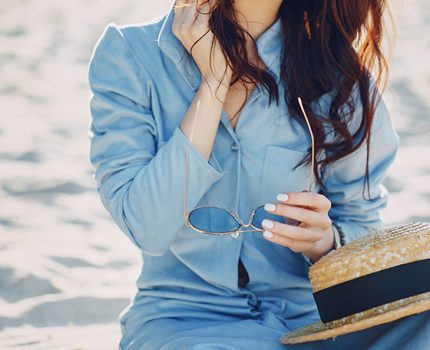Breaking Down Signature Costumes in Star Wars Franchise
The Star Wars franchise’s iconic costumes are integral to character identity and world-building. Luke Skywalker’s attire symbolizes his journey from farm boy to Jedi, while Darth Vader’s imposing armor represents menace and power. Princess Leia’s elegant yet practical outfits reflect her resilience, and Boba Fett’s Mandalorian armor signifies his ruthless efficiency. Han Solo’s rugged look captures his adventurous spirit. Rey’s evolving costume mirrors her transition from scavenger to Jedi. Each costume tells a story, evokes emotion, and enhances the narrative, making them essential to the series’ magic.



